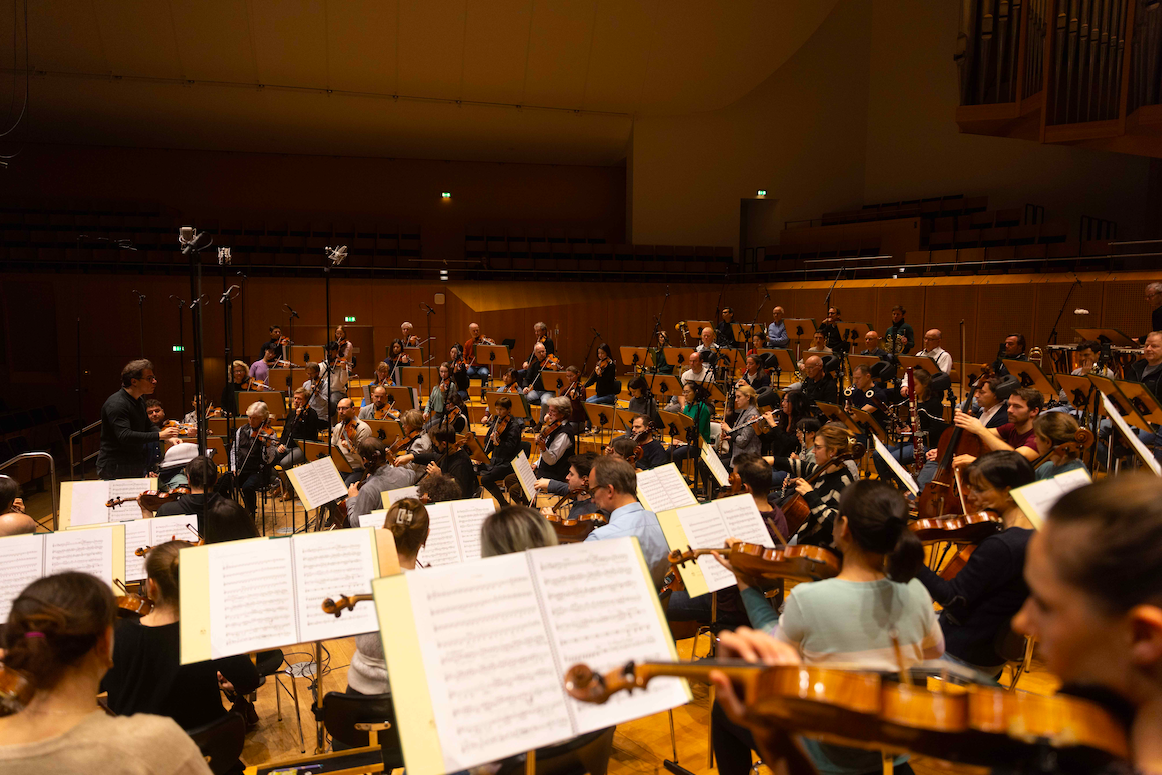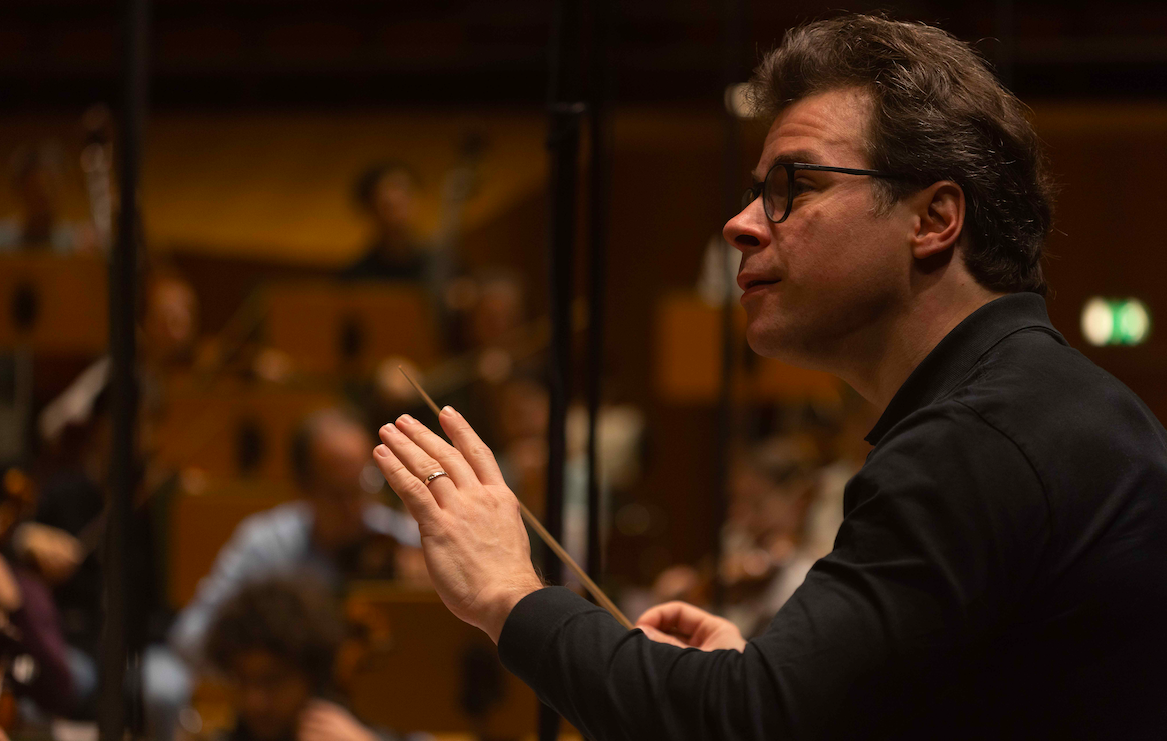The internationally renowned German orchestra brings three thrilling concerts to audiences in Edinburgh this year

Spurred on by the guiding theme of the Rituals That Unite Us, the Bamberg Symphony unites with the Edinburgh International Festival to explore our collective rituals and their power to shape our identity and connect us – as a festival and as a community.
Born out of the turmoil of war, the Bamberg Symphony is a testimony to cross-border connection and resilience. In 1946, former members of the German Philharmonic Orchestra Prague met colleagues in Bamberg to reinstate an orchestra whose roots go back to the 18th century. Today, the orchestra resonates worldwide, transmitting its radiant sound while acting as a cultural ambassador for Bavaria and all of Germany.

Under the musical direction of Chief Conductor Jakub Hrůša, the Bamberg Symphony showcases their ambitious repertoire across their programme.
The Bamberg Symphony first bring us a programme (on 6 August) that showcases Hans Rott’s Symphony No 1, Symphonic Prelude by Bruckner and Lieder eines fahrenden Gesellen by Mahler. Lieder is sung by an International Festival favourite: Catriona Morison, the mezzo soprano with a ‘voice of many colours’ (The Times).

Jakub Hrůša and the Bamberg Symphony’s recordings of Brahms and Dvořák symphonies have been hailed by BBC Music Magazine as ‘first class’. On 7 August, audiences in Edinburgh will get a chance to hear them live in this special tribute to two Romantic geniuses.
The legend goes that composers’ late works can often be their finest. This concert demonstrates just that: Johannes Brahms’s Double Concerto – performed here with star soloists Isabelle Faust and Sol Gabetta – was his orchestral swansong, intimately written for two close friends. Its outer movements are brimming with exciting virtuoso episodes, while its expansive central Andante is adored for its melodic beauty.
For their final International Festival concert on 9 August, the Bamberg Symphony will pair a late masterpiece by Antonín Dvořák with his son-in-law Josef Suk’s most ambitious orchestral work. They are joined by sought-after soprano Kateřina Kněžíková and the ‘formidable’ (Opera Wire) baritone Adam Plachetka.
Dvořák wrote his Te Deum in 1892 during his time teaching in America, an experience that also inspired his ‘New World’ Symphony. It is a joyous affirmation of his Catholic faith, with exuberant choruses, lyrical solos for soprano and bass, and more than a hint of the folk music of the composer’s native Bohemia. For this rendition, the Bamberger Symphoniker is joined by the Edinburgh Festival Chorus.
Named after the angel of death, Suk’s soul-searching Asrael Symphony (1906) commemorates both Dvořák and his daughter Otilie, Suk’s wife. Across its five movements, Asrael Symphony depicts a journey from anguish to transcendent hope. It includes a dramatic ‘dance of death’, a tender portrait of Otilie and a concluding radiant vision of eternity.
You can find out more info on the Bamberg Symphony’s residency at the Edinburgh International Festival, as well as the thrilling upcoming converts this August online here.
 BACK
BACK